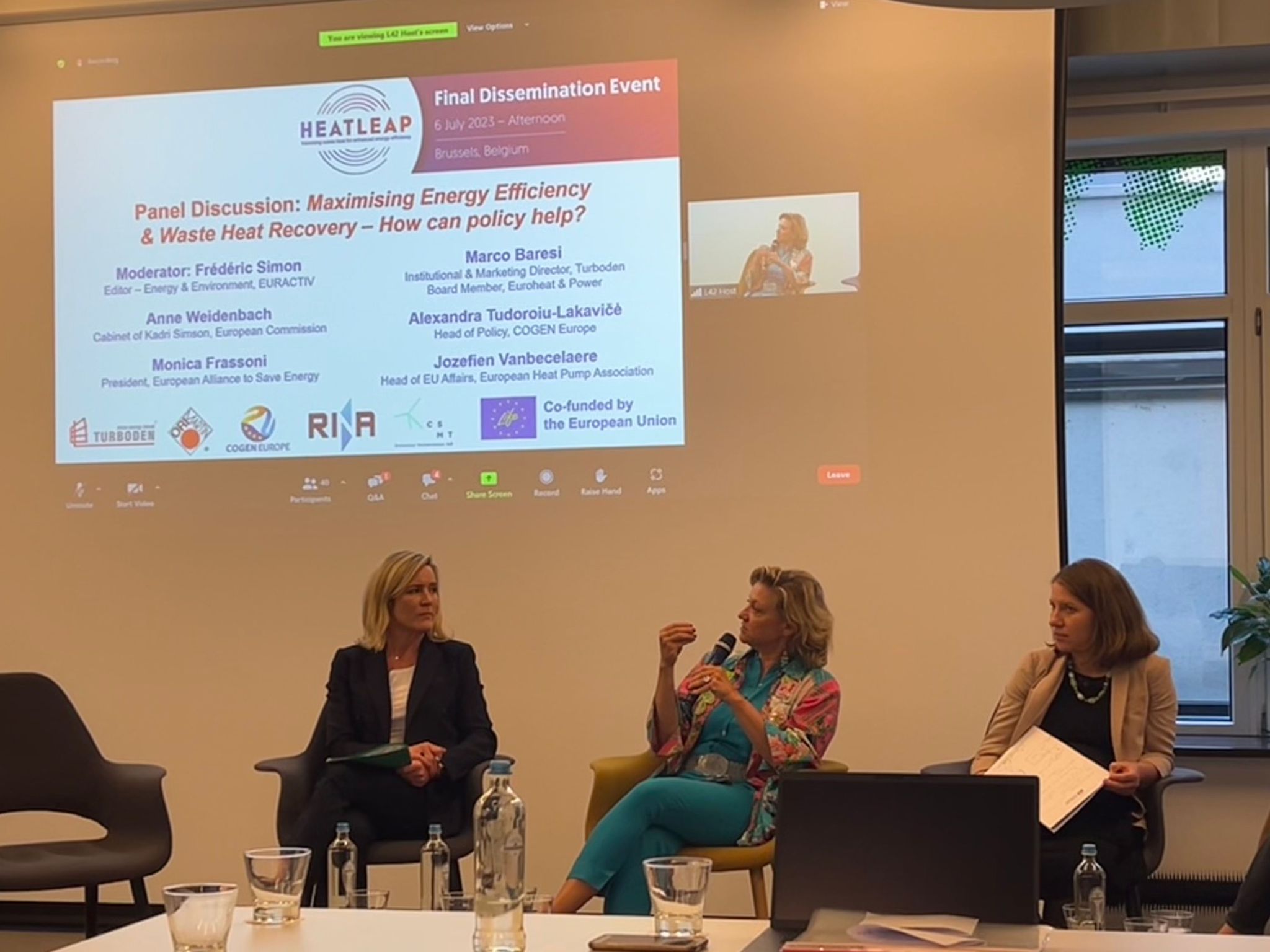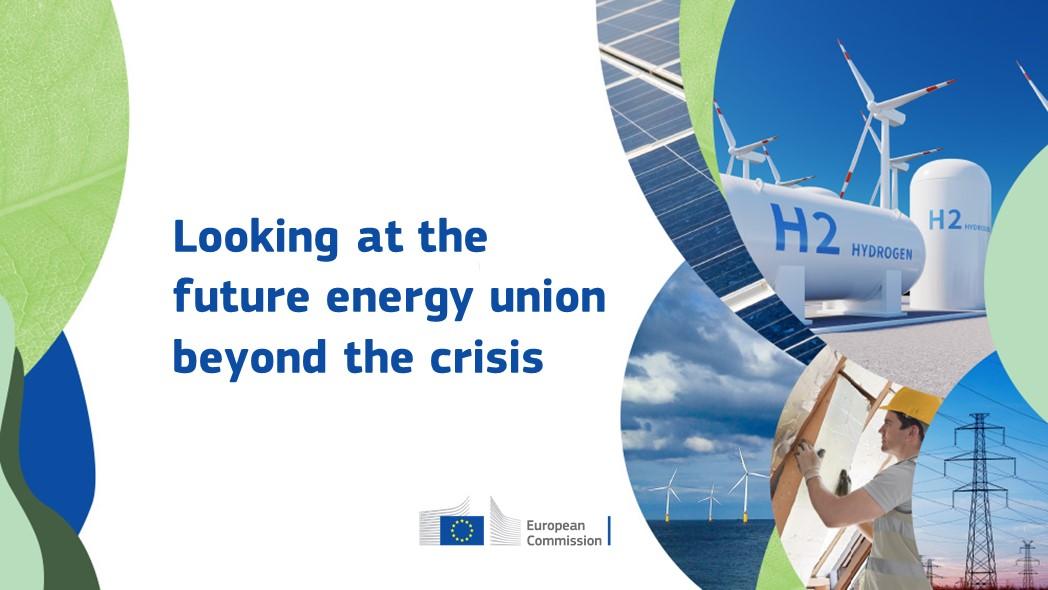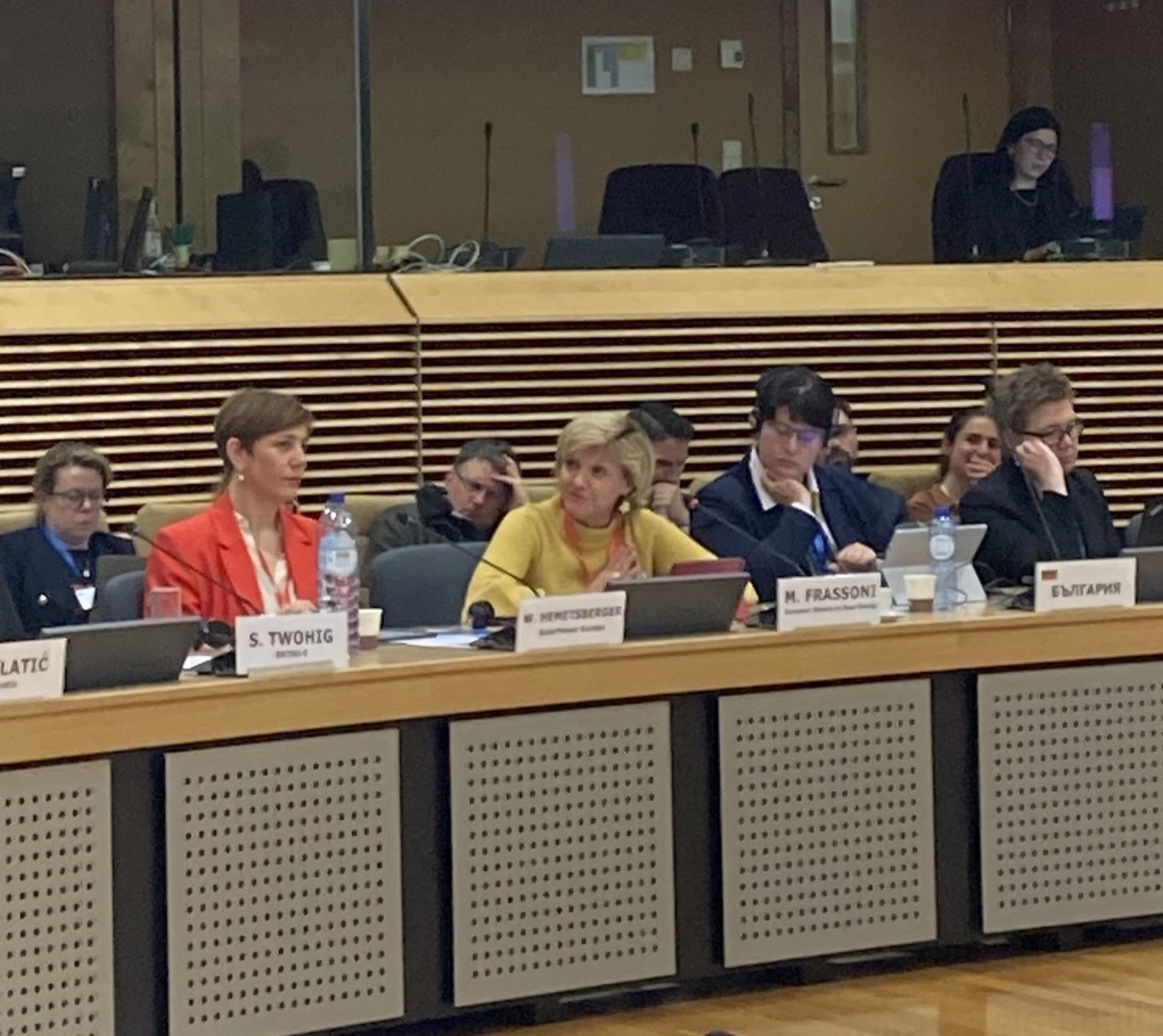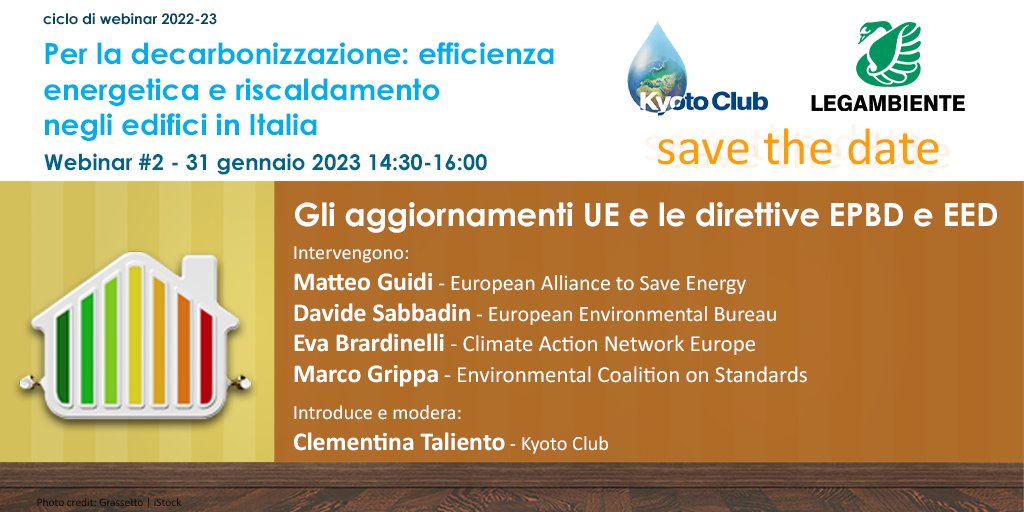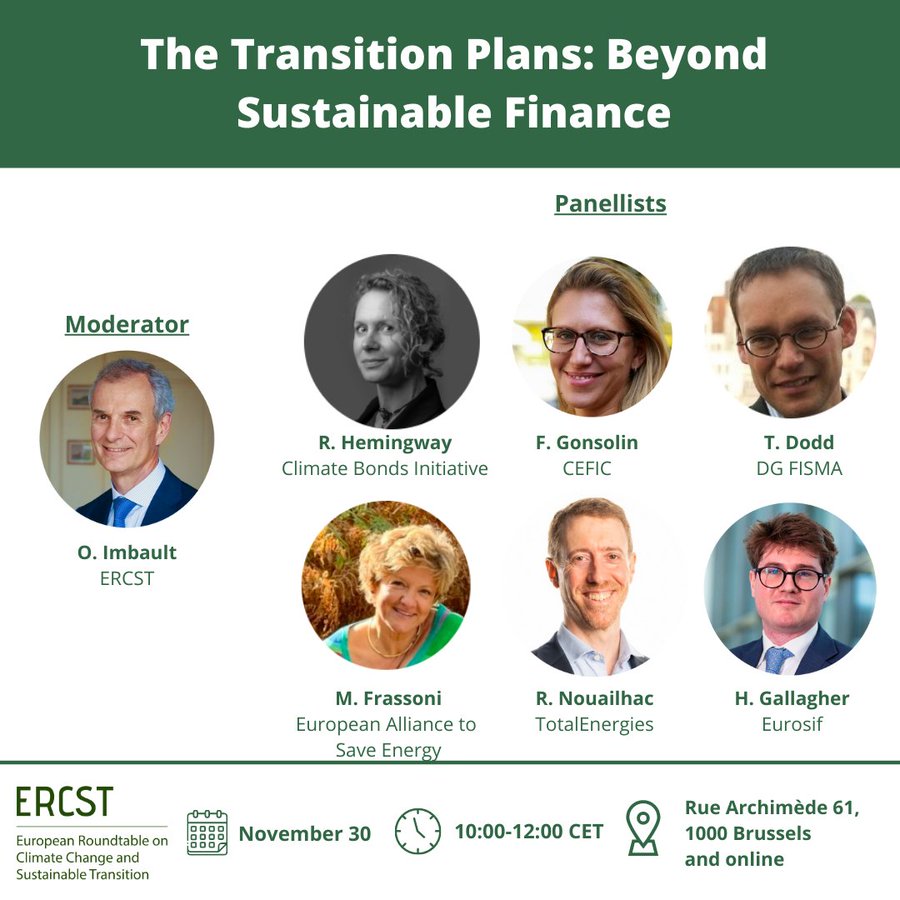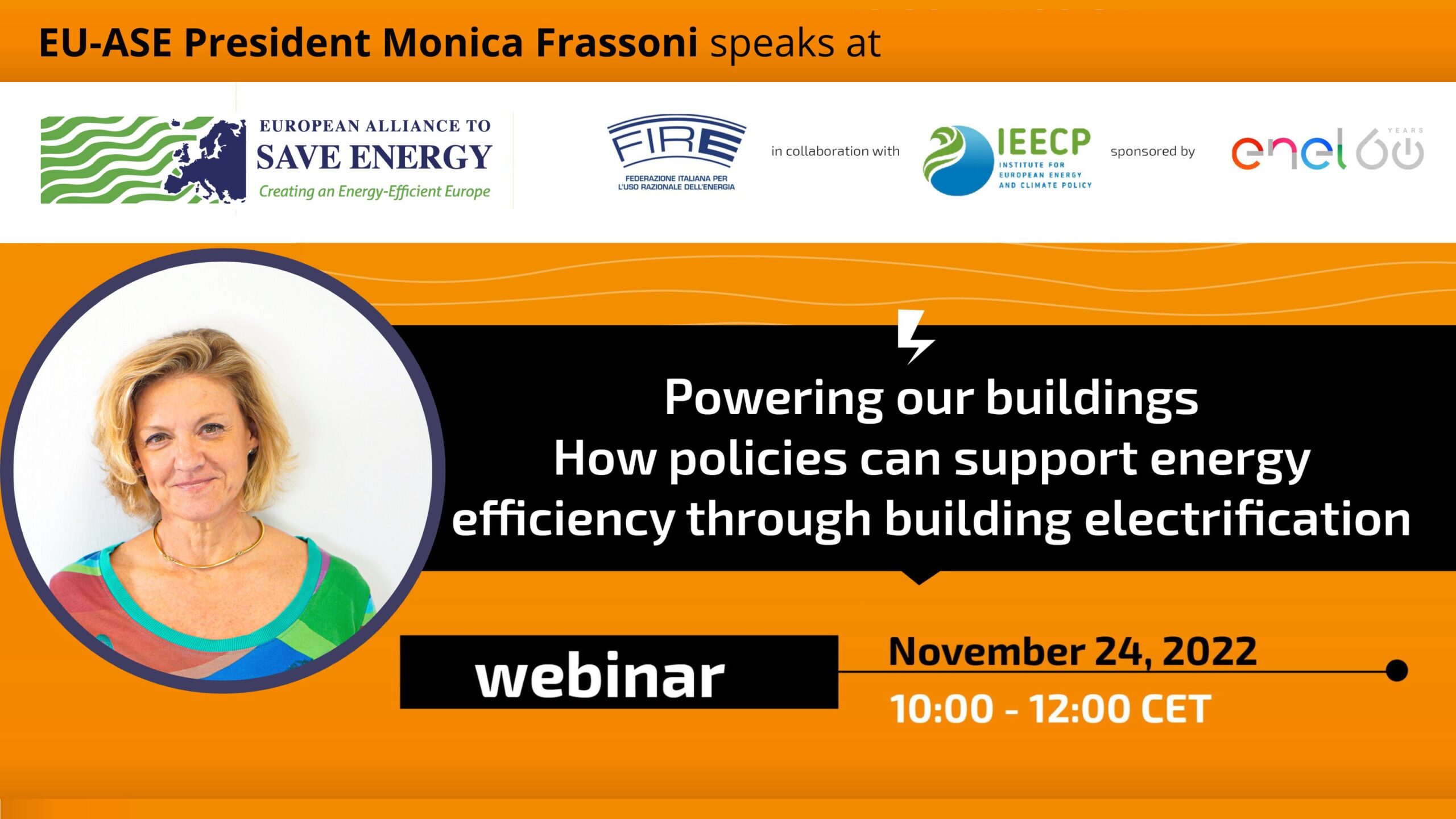On Tuesday 20 April 2023, EU-ASE President Monica Frassoni participated in the Future of the Energy Union: Looking beyond the crisis, organised by Cabinet Kadri Simson.
Commissioner for energy, Kadri Simson, hosted this high-level conference on the future of the Energy Union, drawing lessons from the energy crisis and reflecting on the way forward for EU energy policy.
The aim of the event was to exchange on a future design of the governance of the Energy Union and the preparation of energy related elements in the upcoming updated National Energy and Climate Plans (NECPs). It was an occasion to take stock of the lessons learned from the energy crisis and to discuss how the increased need for energy security, a resilient EU energy system and ambitious energy targets can be reflected in the governance mechanism and the NECPs.
EU-ASE President Monica Frassoni highlighted the need for an energy system that is highly energy and resource efficient, based on renewables, that is secure, competitive, affordable and safe. A system that is able to respond to the climate, energy and water crisis that perturb our economy and create social unrest.
Overall, energy efficiency is one of our greatest tools to decarbonize our global economy and optimize our energy system, however we choose to design that system in the future.
We call member states to take energy efficiency in high consideration when preparing NECPs due by June 2023.
Thank you to Cabinet Simson for organising this timely initiative.
Find more information about the Future of the Energy Union: Looking beyond the crisis.
